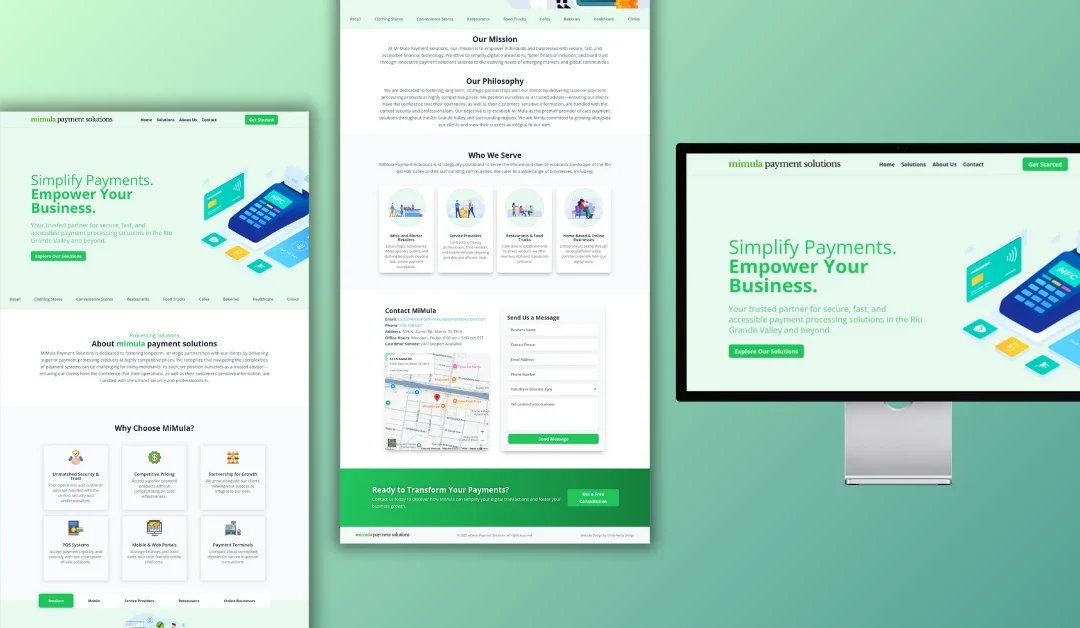¿Unfit Clients? No More! How a Client Intake Form Can Save You Time and Trouble
Ever felt like you’re bending over backward trying to woo a potential client, only to find out they’re not even close to being a good match? It’s frustrating, right? You end up wasting precious hours that could’ve gone toward clients who actually need your services. The key to avoiding this pitfall? A solid client intake form.
Why You Need a Client Intake Form
Client intake forms are like the first handshake your business has with a prospective client. They allow you to gather crucial information about potential customers before diving into the deeper waters of your services. By knowing what they need upfront, you can easily figure out who’s going to be a great fit for your business and who might just end up being a headache.
In our guide, you’ll find everything you need to launch a successful client intake form, allowing you to identify the right clients early and streamline your onboarding process.
What is a Client Intake Form?
A client intake form is a preliminary questionnaire that potential customers fill out, offering insights into their needs and whether your services align. These forms typically ask for details about the individual or their business. If their answers resonate with your offerings, it’s a green light to onboard them; if not, it’s best for both parties to move on.
Using these forms, you can proactively discover the pain points clients face and what they hope to achieve through your services. This way, you’ll focus on relationships that lay the groundwork for success.
Crafting Your Client Intake Form—What to Include
So, let’s break down how to create a stellar client intake form that really serves your business. If you’re strapped for time, don’t worry — we’ve got templates and resources to kickstart the process.
Before diving in, make sure your intake form isn’t just a call for contact info. Here’s what you should seriously consider asking:
Key Components of a Client Intake Form
1. Basic Contact Information
You can’t build the relationship without gathering the basics! Get the following on your form:
- Company Name
- Primary Contact Person
- Preferred Contact Methods
- Their Role
- Company Size
It’s all about gathering the essential piece of info that can serve as a solid foundation for your ongoing communications.
2. Description of Services
Here’s where you ask your potential client to share what they offer. Let them showcase their brand and services. This helps you understand them better and see how they view their identity.
3. Current Challenges
Dig in! What hurdles are they facing? Ask:
- What’s holding them back?
- What gaps exist in their strategy?
This is crucial in determining whether your agency can truly assist them.
4. Client Goals
Understanding a client’s goals is golden. What are they hoping to accomplish by working with you? This insight helps identify if your agency can meet their needs.
5. Budgeting
Let’s get real. This info can make or break the potential partnership:
- What budget do they have for your services?
Understanding their financial capacity ensures that you’re on the same page from the start.
Client Intake Examples—Real World Wins
Let’s take a peek at how real businesses use client intake forms effectively.
1. Event Planning
Wedding planner Julie Lindenman asks questions about clients’ love stories and favorite details. This not only personalizes the experience but helps her craft memorable events tailored to client preferences.
2. Legal Services
Dunsmore Law makes their intake process user-friendly with streamlined online forms. They keep things simple, ensuring clients don’t feel overwhelmed right off the bat.
3. Online Business Services
Entrepreneur Erika Macauley knows what to ask—timeline, budget, and desired services—ensuring that she only takes on clients that are a good fit for her business.
Conclusion: Get That Client Intake Form Set Up!
At the end of the day, not every opportunity is a match made in heaven. By implementing a properly structured client intake form, you can sort out the potentials from the pitfalls and keep your business flowing smoothly.
Ready for a quality website designed to impress and convert? Let’s team up and elevate your business. Hit us up, and we’ll help you get those leads rolling in!
For more insights on client intake forms, check out HubSpot for a handy guide.










